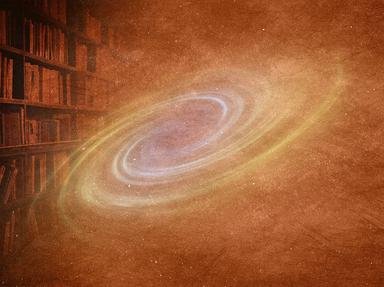
A Voyage of Discovery Trivia Quiz
History has seen many discoveries and developments that have changed the world in one way or another. Can you match these discoveries with the people that made them?
A matching quiz
by Red_John.
Estimated time: 3 mins.